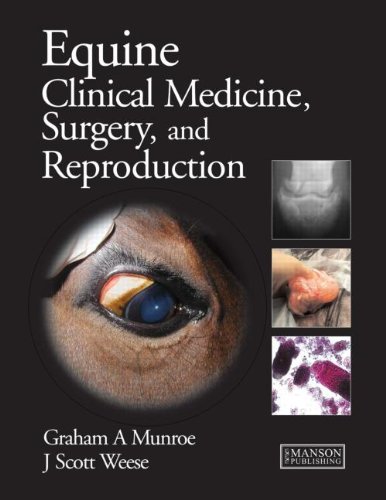

Most ebook files are in PDF format, so you can easily read them using various software such as Foxit Reader or directly on the Google Chrome browser.
Some ebook files are released by publishers in other formats such as .awz, .mobi, .epub, .fb2, etc. You may need to install specific software to read these formats on mobile/PC, such as Calibre.
Please read the tutorial at this link: https://ebookbell.com/faq
We offer FREE conversion to the popular formats you request; however, this may take some time. Therefore, right after payment, please email us, and we will try to provide the service as quickly as possible.
For some exceptional file formats or broken links (if any), please refrain from opening any disputes. Instead, email us first, and we will try to assist within a maximum of 6 hours.
EbookBell Team

4.0
16 reviewsThe internationally respected editors and authors have combined to produce this major new textbook and reference source in a single volume, covering all aspects of equine medicine, surgery, and reproduction. The text is supported by a wealth of over 1200 illustrations of the highest quality: color photographs, radiographic and ultrasound images, and diagrams.
The book is system-based and each individual system is introduced with precise information on the relevant basic anatomy and physiology, standard clinical examination techniques and useful differential diagnostic aids. This is followed by diseases and disorders that are pertinent to that system, grouped together either anatomically or based on presenting clinical signs. Each condition is described using consistent headings: definition/overview, etiology and pathophysiology, clinical presentation, diagnosis, differential diagnoses, management/treatment, and prognosis. Additional chapters deal with the foal, with wounds and behavioral problems.
The focus throughout is on providing clinically relevant information required for practical case management, plus sufficient background on causes and disease processes to enable readers to understand the conditions and the rationale for diagnostic and treatment options.
This book is of lasting value as a teaching and training resource for equine specialists, a ready reference for non-specialist practitioners, and a textbook for students in veterinary medicine and related equine courses.